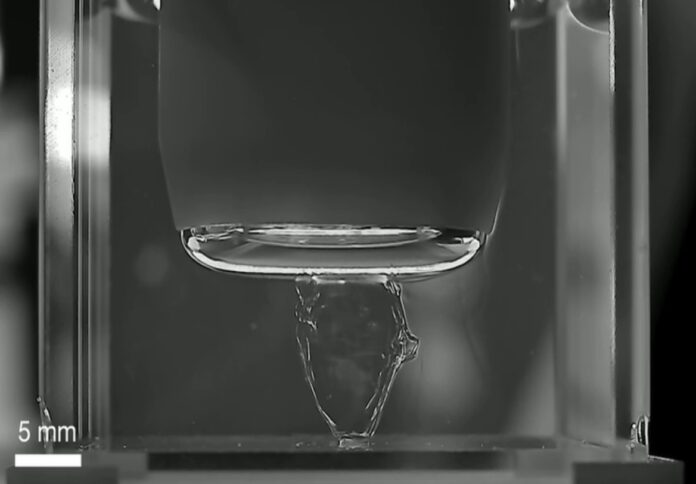
A groundbreaking digital light manufacturing (DLM) method has been developed by a team of Australian researchers, aiming to address persistent issues in 3D printing.
Published recently in the journal Nature, the new technique—termed “dynamic interface printing”—enhances traditional digital light manufacturing by optimising heat dissipation and ensuring consistent material flow, two longstanding challenges in the field.
According to researchers, traditional 3D printing commonly utilises a nozzle to spray liquid material layer by layer, allowing each layer to cool and harden, but this approach can be limited by slower speeds and issues with uniformity.
Digital light manufacturing, a variant of 3D printing, replaces the nozzle with laser light, hardening a liquid precursor material as it is shaped into 3D objects.
Two primary DLM approaches currently in use—window-based and top-down methods—face challenges around consistent material flow and effective heat management.
The Australian team has reimagined the top-down approach by shifting the printing action to the meniscus, or surface curve, of the precursor liquid.
This new dynamic interface printing technique employs a pressurized printhead above the precursor tank that emits controlled acoustic vibrations.
By projecting light patterns down through a tubular printhead to the meniscus, researchers can precisely shape the meniscus and control the recoating of the printed object’s surface, resulting in improved flow uniformity and reduced heat buildup.
Additionally, this innovation allows the DLM process to print at speeds up to 0.7 millimetres per second with fewer errors and enhanced heat dispersion.




















